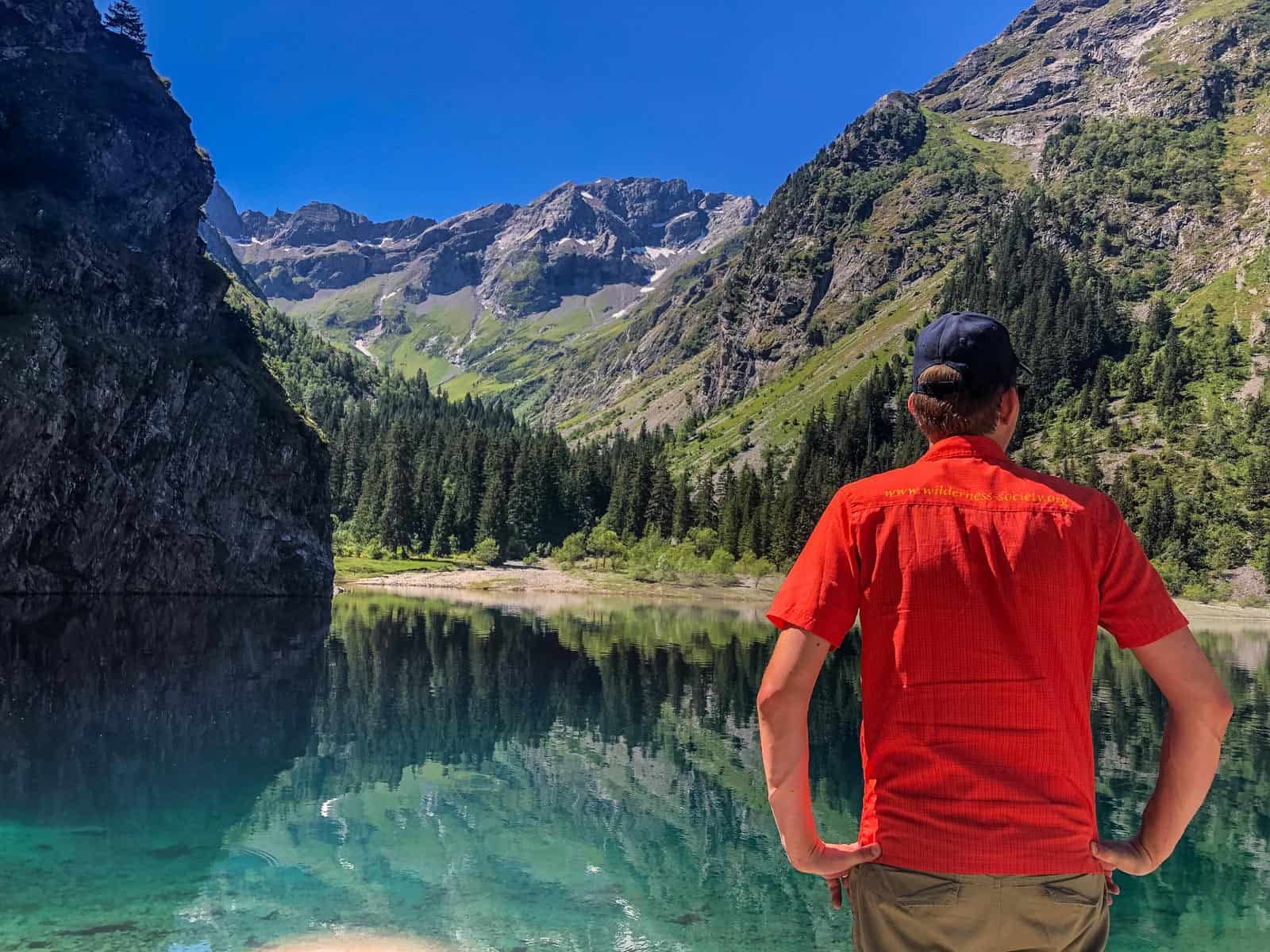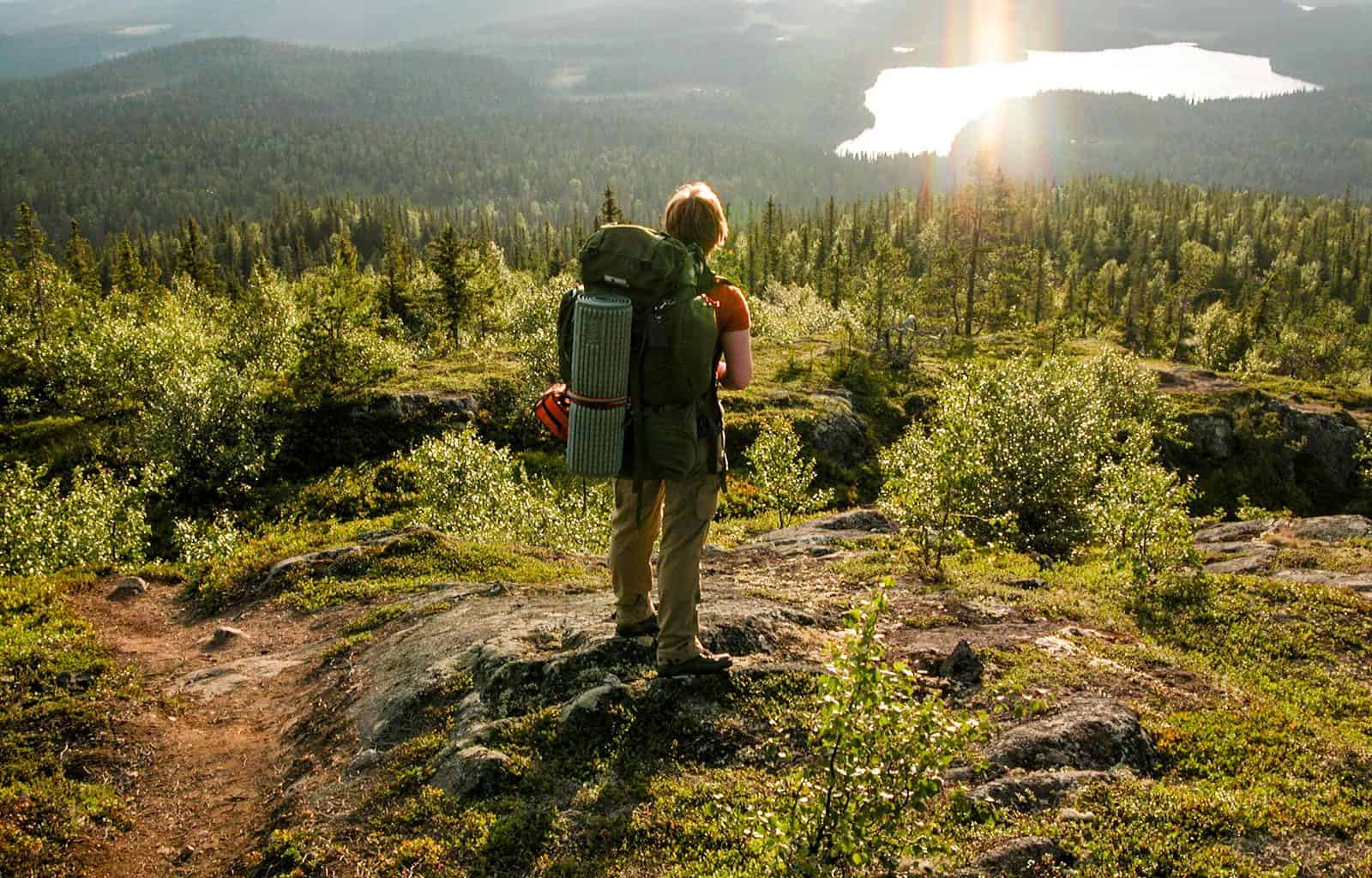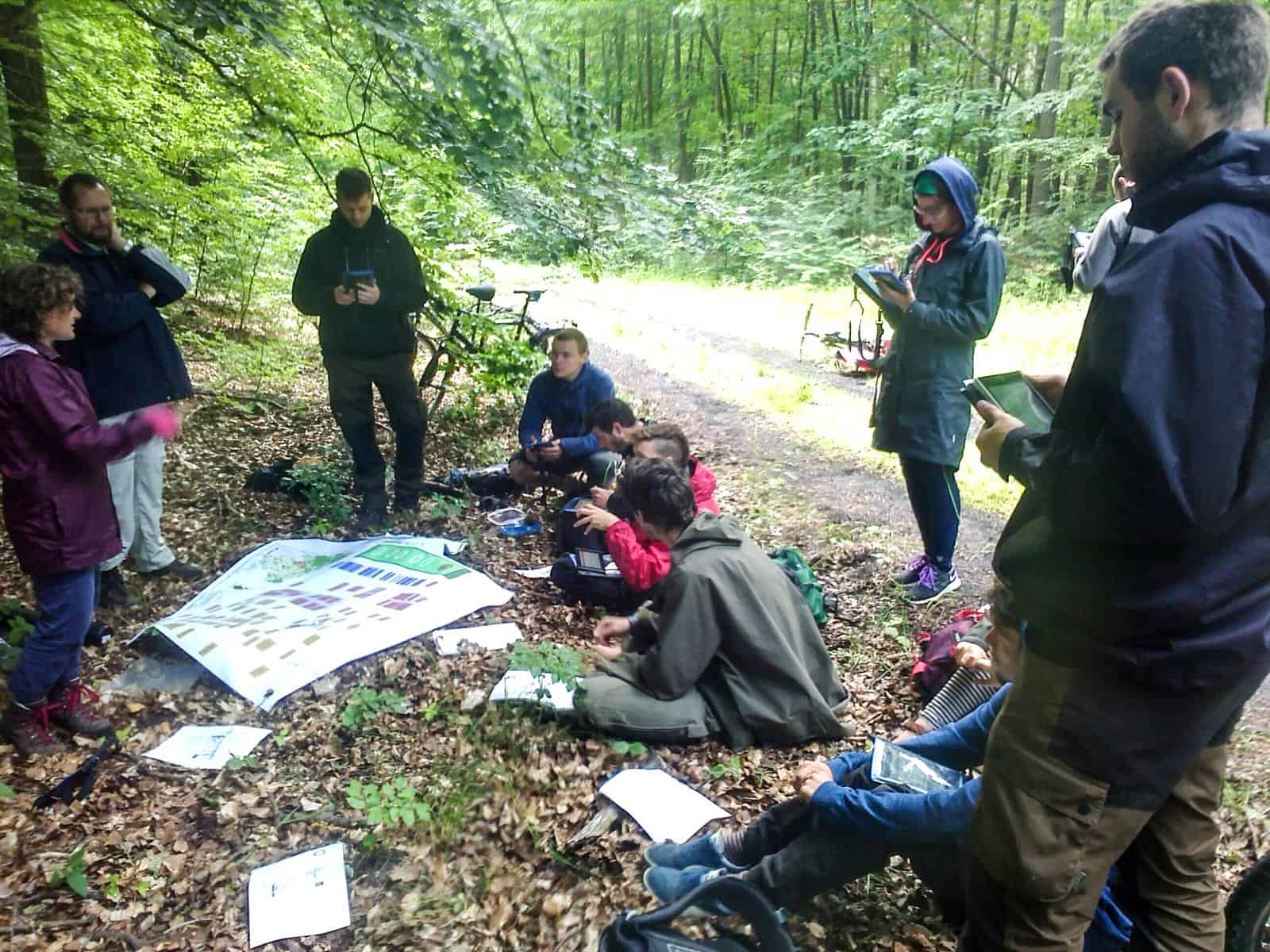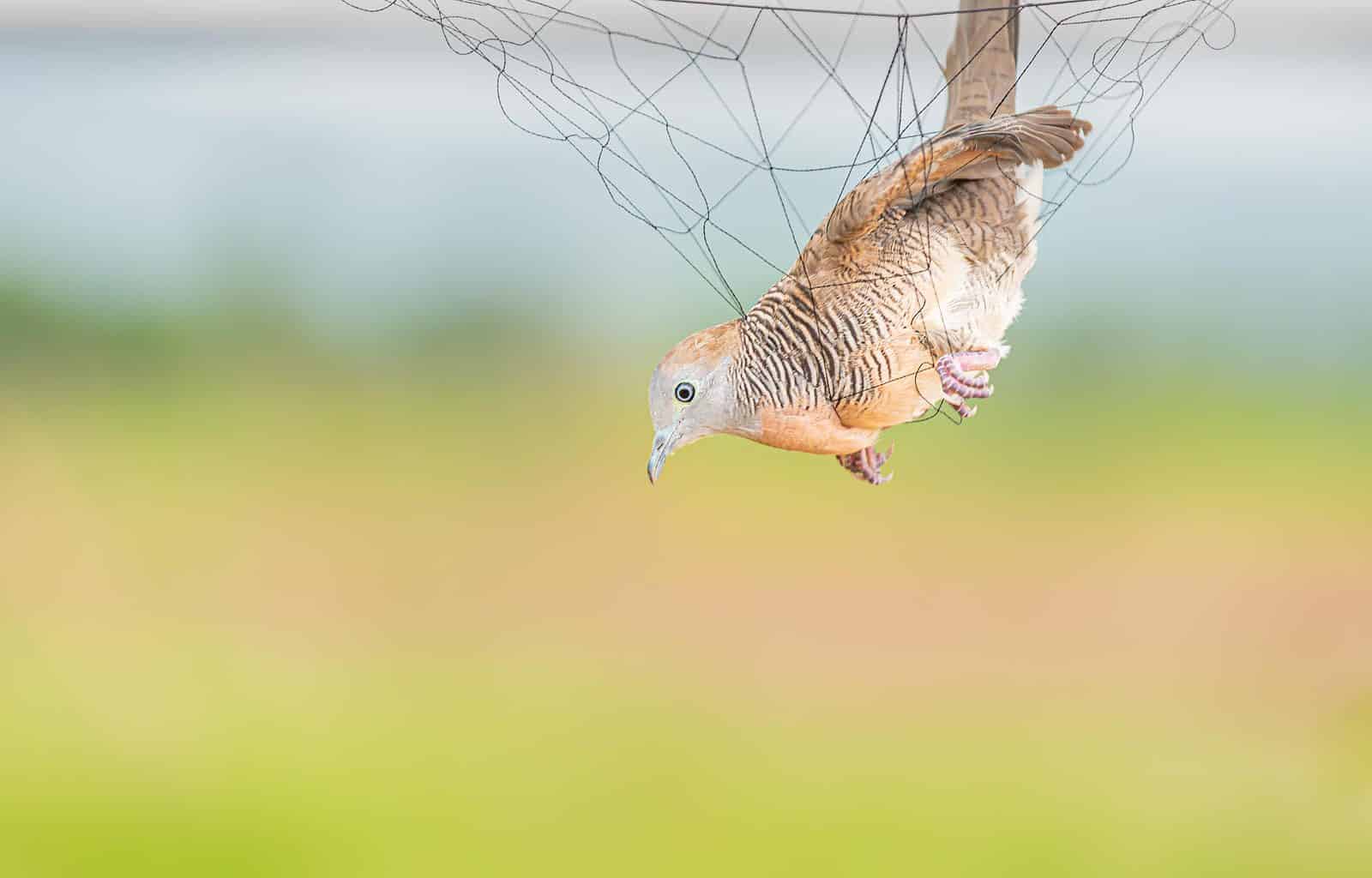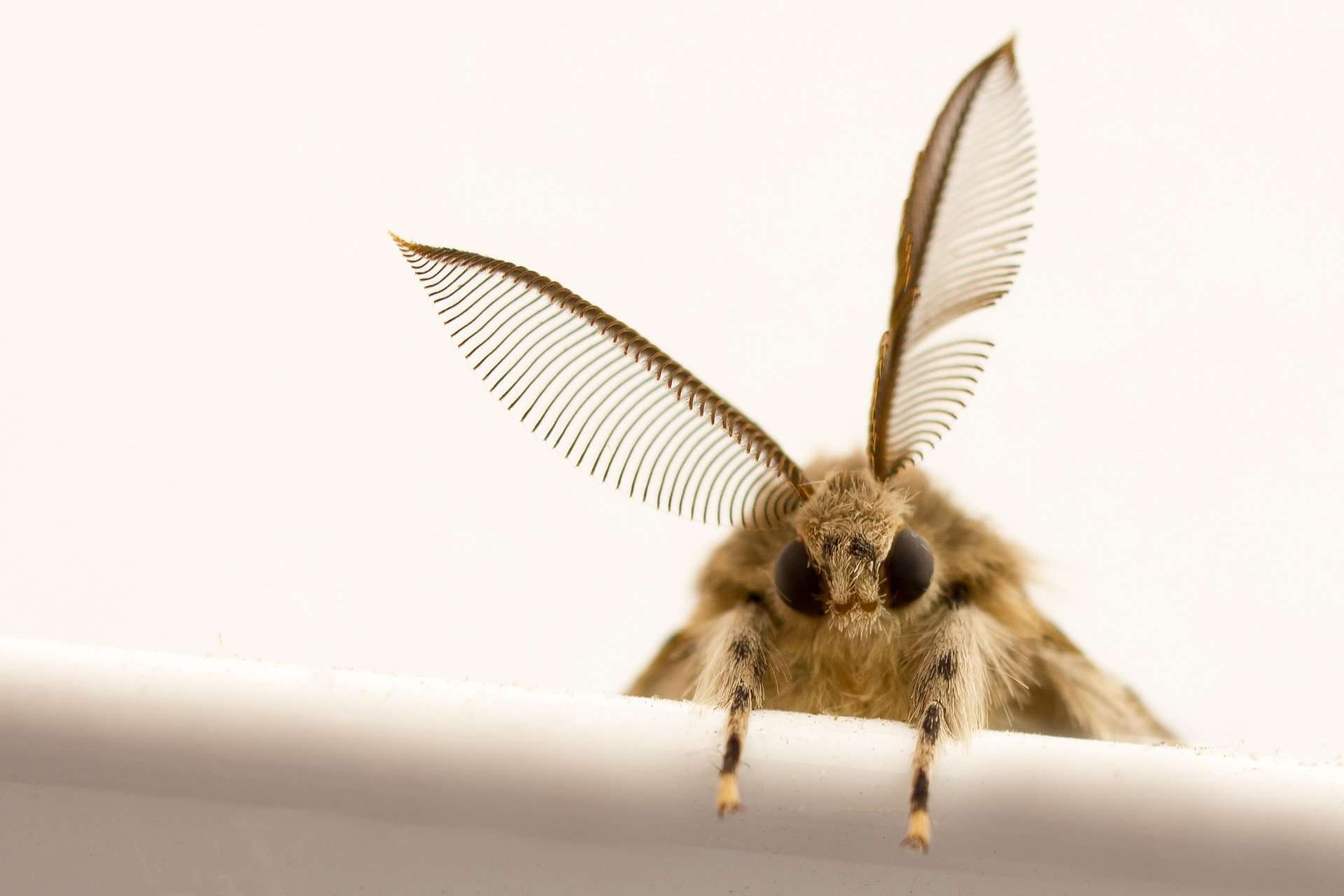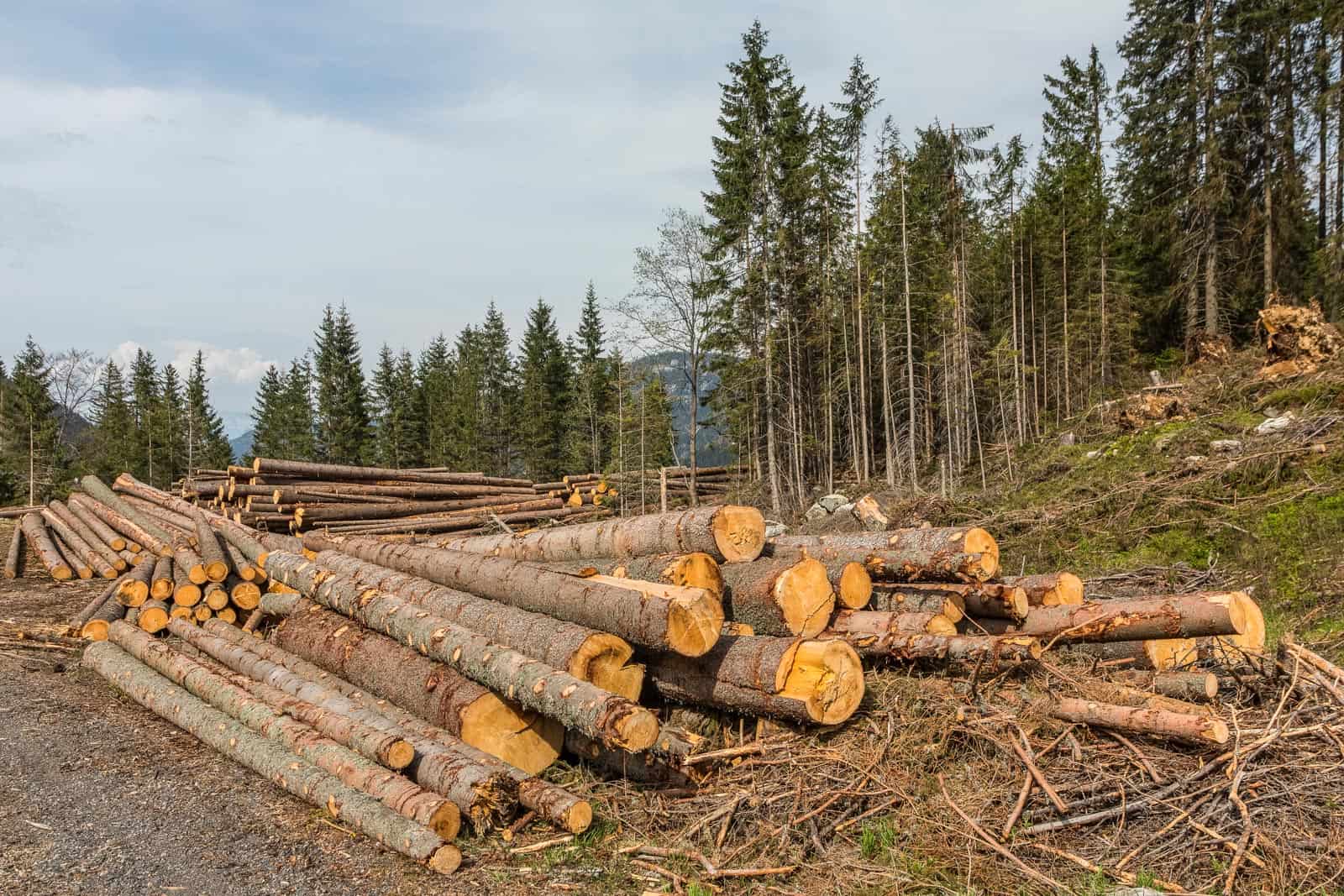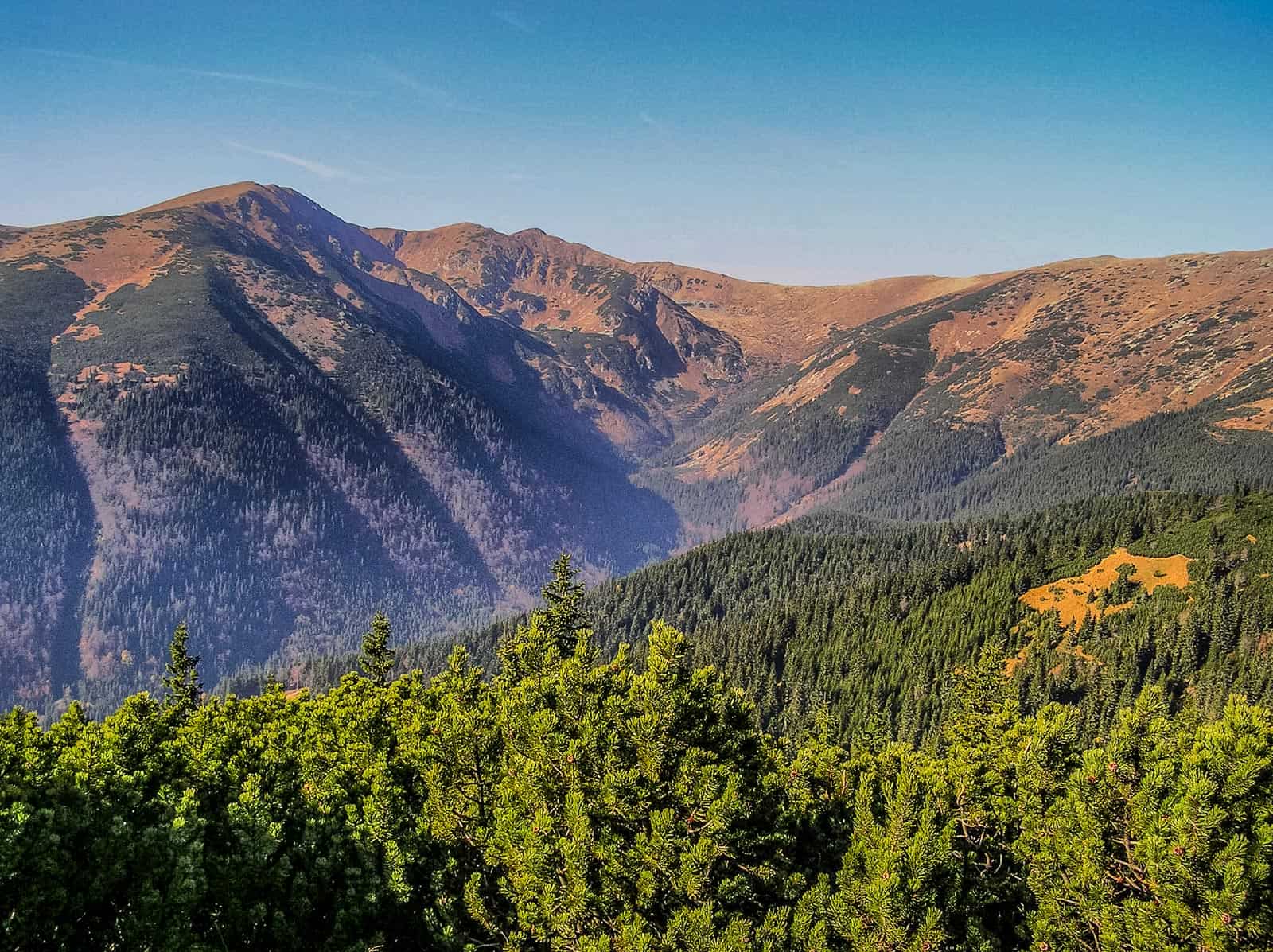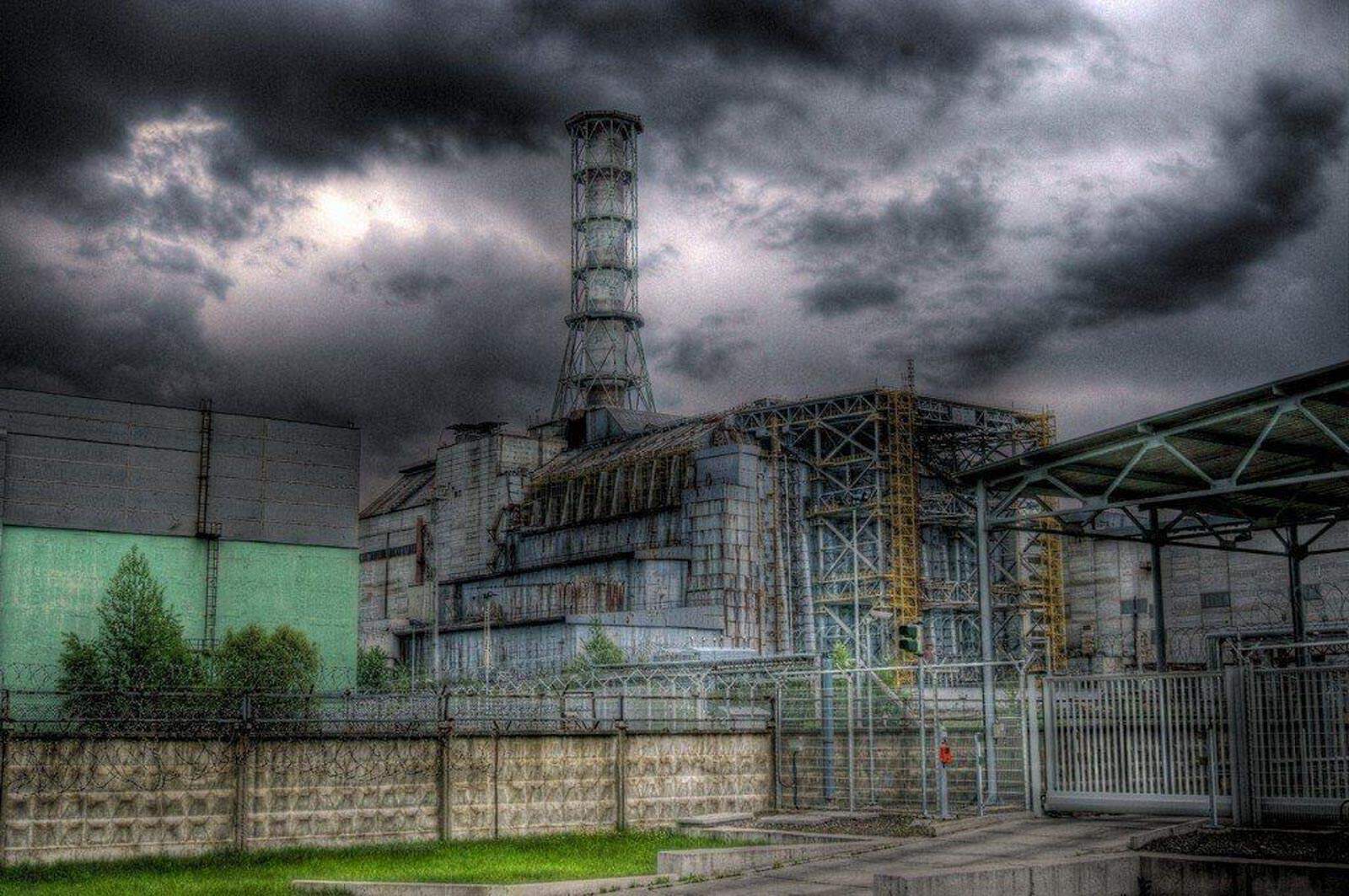Instagram – opportunity or threat to conservation?
Using social media can sometimes seem like shutting yourself off from the outside world. But what if it could have the opposite effect? With the rise in social media use across demographics, its utilisation for conservation initiatives has also grown. However, apps such as Instagram can also be detrimental to the environment by promoting mass tourism (more on that later). A recent study highlighted the opportunities and drawbacks Instagram poses to nature conservation.
The research, published in Biological Conservation, involved a survey addressed at Instagram users who had visited protected areas in Austria, Germany or Switzerland. It focused on how what users of the app think about negative consequences of Instagram on these areas. More specifically, the survey measured their:
- personal knowledge and perceptions of nature protection issues
- activities on Instagram
- perceptions of environmentally negative behaviours associated with Instagram usage.
Do people prioritise Instagram posts over nature?
Although most respondents considered nature conservation an important issue that they felt informed about, this did not necessarily translate to prioritising conservation above content. Most did not consider Instagram a platform for finding information on conservation. They were also unfamiliar with social media’s impact on nature protection. When shown a photo in a protected area that performed well on Instagram, many said they would want to recreate it. However, respondents also prioritised a good view over protecting the area. Most stated they would not mind breaking rules to take a better photo.
Unfortunately, this mindset is common in protected area visitors. More people are using Instagram posts as inspiration for travel destinations, to recreate an aesthetic photo in a beautiful landscape. The Instagram effect has boosted tourism in less developed areas. Yet it also leads to overcrowding and even people falling to their deaths trying to take a perfect selfie on a cliff.
And the environment feels the brunt of the impact. More people than ever are taking planes to far-flung destinations for the most incredible photos without considering how much carbon these flights emit. There are countless cases of landscapes such as coral reefs being damaged by visitor masses. And with ~8 billion annual visits to protected areas, many species are under threat from this increased disturbance.
In fact, social media content that violates nature protection guidelines is often more popular. Researchers from Kyoto University found that in YouTube videos related to mountain gorilla tourism, thumbnails that included humans and gorillas together received more views and likes. The ~1,000 mountain gorillas left in the wild are incredibly vulnerable to human disease transmission. Visitors should therefore stay at least 7m away from the animals at all times. But for more attention, many influencers are happy to disregard such guidelines.
The potential of social media for nature conservation
Demonstrably, social media can have a negative effect on conservation. But this does not have to be the case. With so many young, engaged users across platforms, social media can become a tool for effective nature protection, if used correctly. For instance, good storytelling in content was important to most respondents. By evoking emotions in the content consumer, effective storytelling about conservation can make people care about protecting nature.
Raising awareness about environmental impacts also has the power of changing people’s minds on harmful content. In the study, the questions on the popular photo were followed up by some important background information. Participants found out that the photo was taken in an area where walking off trail was strictly prohibited and that it may have negatively impacted protected species such as moss. When told that recreating such posts has been shown to harm protected areas, respondents changed their minds on the photo. Most even said that they would unfollow the creator for posting such photos.
Ultimately, this research shows that there needs to be more awareness about the impacts of platforms like Instagram on nature conservation. By informing people on its negative effects, many people will change their minds and start to use social media more responsibly. Effective communication of conservation issues must carefully target people’s beliefs and attitudes. To reach the general public, it should also involve subjects outside of the scientific field. Social media has a huge audience, and there is an opportunity to use it for effective and far-reaching conservation.

